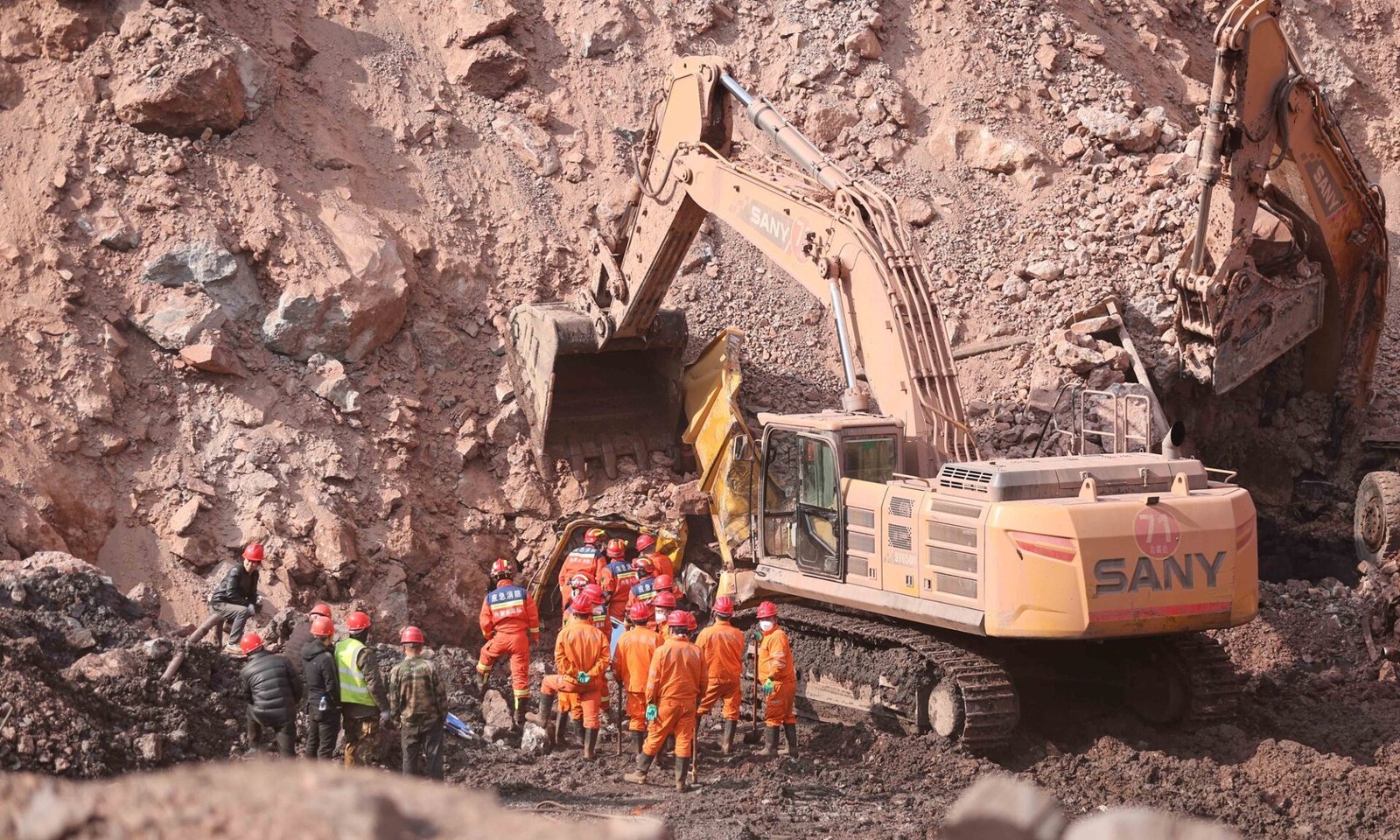Collapse of Coal Mine in Inner Mongolia: An In-depth Analysis of the Catastrophe
Introduction
In February, a shocking event unfurled in North China’s Inner Mongolia Autonomous Region – a coal mine collapsed. The accident took the lives of 53 people and injured six more, with direct economic repercussions amounting to over 204 million yuan ($27.99 million). The State Council of China divulged the results of their detailed investigation into this disaster recently, declaring it a consequence of major longstanding concealed hazards and production safety negligence.
Overview of the Accident and Immediate Consequences
Located in the Alxa Left Banner, Alxa league of Inner Mongolia, an open-pit coal mine became the site of a devastating accident on February 22. This catastrophe not only resulted in immense human loss but also inflicted an economic wound to the tune of $27.99 million.
The immediate response saw 19 individuals from the affiliated company being arrested or placed under scrutiny. Alongside this, 42 public servants associated with the incident faced punitive actions or investigations, as reported by the Xinhua News Agency.
Detailed Analysis of the Causes
The State Council’s accident investigation team painstakingly pieced together the events leading up to the collapse. The team’s findings highlighted several significant contributors to the tragedy:
- Operational Lapses: The mine was operational during its construction phase. This, coupled with the unapproved outsourcing of the coal mine’s construction tasks to an unqualified company, created a dangerous environment.
- Administrative Negligence: The respective supervisory bodies failed to duly supervise and inspect the operations, letting major risks fester over time until they culminated in this catastrophic event.
The Chinese authorities, understanding the gravity of the situation, immediately commissioned extensive rescue operations. These measures focused on ensuring the safety of potential survivors, preventing secondary disasters through enhanced monitoring, and identifying the root causes to hold the culprits accountable.
Comprehensive Investigation Process
The meticulous approach of the investigation team encompassed various methods:
- On-site Inspections: The site was scrutinized 17 times, ensuring a thorough analysis.
- Documentary Review: Over 1,300 volumes of documents were examined to ensure all pertinent information was considered.
- Personal Interviews: 231 people were interviewed, gathering firsthand accounts and experiences.
This holistic approach yielded a detailed understanding of the casualties, economic impact, course of the accident, and critical data about the involved enterprises.
Core Findings
At the heart of the disaster was the coal mine’s construction, which diverged from its initial design. This deviation, compounded by inappropriate coal extraction methods, compromised the structural stability of the mine, leading to its collapse. Additionally, the haphazard emergency response exacerbated the human cost. The personnel were neither timely evacuated nor adequately guided during the crisis, leading to further casualties and infrastructural damage.
Further revelations painted a picture of rampant negligence and misconduct:
- Illegal Activities: The coal mine was fraught with unauthorized construction and production actions.
- Corporate Recklessness: The involved company’s heedless illicit undertakings were concerning.
- Third-Party Deception: Mediating agencies and overseeing bodies had been dishonest in their duties.
- Lack of Oversight: The concerned departments showed a concerning lack of thorough and effective supervision.
Lessons and Rectifications
Such a harrowing event inevitably sparked introspection. The investigating team extrapolated five critical lessons from the incident:
- Safety Paradigm: The overarching safety ideology was glaringly weak.
- Recurring Errors: Mistakes were repetitively overlooked, highlighting systemic issues.
- Inefficient Monitoring: The laxity in hazard investigations and rectifications was evident.
- Corporate Accountability: Companies exhibited a stark lack of responsibility.
- Conditions in Smaller Mines: The dismal safety standards in minor mines became a concern.
To preclude such incidents in the future, the authority proposed six actionable rectifications. Paramount among these was the directive to conduct exhaustive checks of concealed hazards in mines, ensuring a safer working environment.
Legal Repercussions
The judicial machinery was set in motion post-haste. 19 affiliates of the concerned companies, deemed suspect, were brought under the investigatory lens by Inner Mongolia’s public security department. Of these, 13 are slated for arrest.
Public servants weren’t spared either. A total of 42, including members of the Inner Mongolia bureau of the National Mine Safety Administration, faced stringent actions. Notably, six governmental officials are under scrutiny for grave legal and disciplinary violations. Li Zhongzeng, the head of the Alxa league, faced censure within the Party.
Conclusion
The coal mine collapse in Inner Mongolia serves as a grim reminder of the consequences of neglecting safety standards and oversight in the mining sector. It underscores the imperativeness of stringent regulations, diligent oversight, and corporate responsibility. With the Chinese authorities’ determined approach to redress the situation and prevent future occurrences, one can hope for safer, more accountable operations in the future.
Read More:
